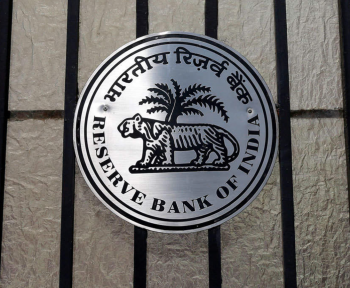A significant shift in India’s retail lending landscape has been revealed, with rural areas experiencing more pronounced growth compared to urban counterparts, according to the Centre for Advanced Financial Research and Learning (CAFRAL), the Reserve Bank of India’s independent research body. The 2023 India Finance Report indicates this trend is particularly notable among non-banking finance companies (NBFCs) and Fintech NBFC lenders.
In 2022, NBFCs witnessed a year-on-year loan growth sanctioned for rural areas of around 70%, slightly surpassing the 65% growth in urban areas. Fintech NBFCs exhibited an even more substantial growth trajectory, with rural loans experiencing a remarkable year-on-year increase of about 200%, compared to 140% for urban loans during the same period.
Despite the impressive surge in credit accessibility in rural areas, the CAFRAL researchers emphasize that the overall contribution of retail credit to rural regions remains relatively modest, constituting only 18.8% of total credit in 2021. This highlights a persistent urban-rural credit divide, exemplified by the fact that out of the ₹57.58 lakh crore sanctioned by NBFCs in 2021, rural credit constituted a mere 20.8% (₹11.99 lakh crore). This discrepancy underscores ongoing challenges in ensuring equitable access to credit across urban and rural areas.
CAFRAL researchers propose that fostering the growth of NBFCs could play a vital role in narrowing this credit gap, given their extensive penetration into rural areas. They point to the historical use of branch expansion policies by the Reserve Bank of India to improve financial access in rural regions. Approximately 30% of all bank branches are located in rural areas, where over 60% of the population resides.
The report suggests that expanding access to formal financial institutions in rural households can help address the current credit disparities. While rural retail lending has witnessed robust growth, especially in the context of NBFCs, the report underscores that credit access remains concentrated in urban areas, necessitating continued efforts to enhance financial inclusion and ensure that the benefits of retail lending are more evenly distributed across diverse socioeconomic landscapes.
For further reference, read here





